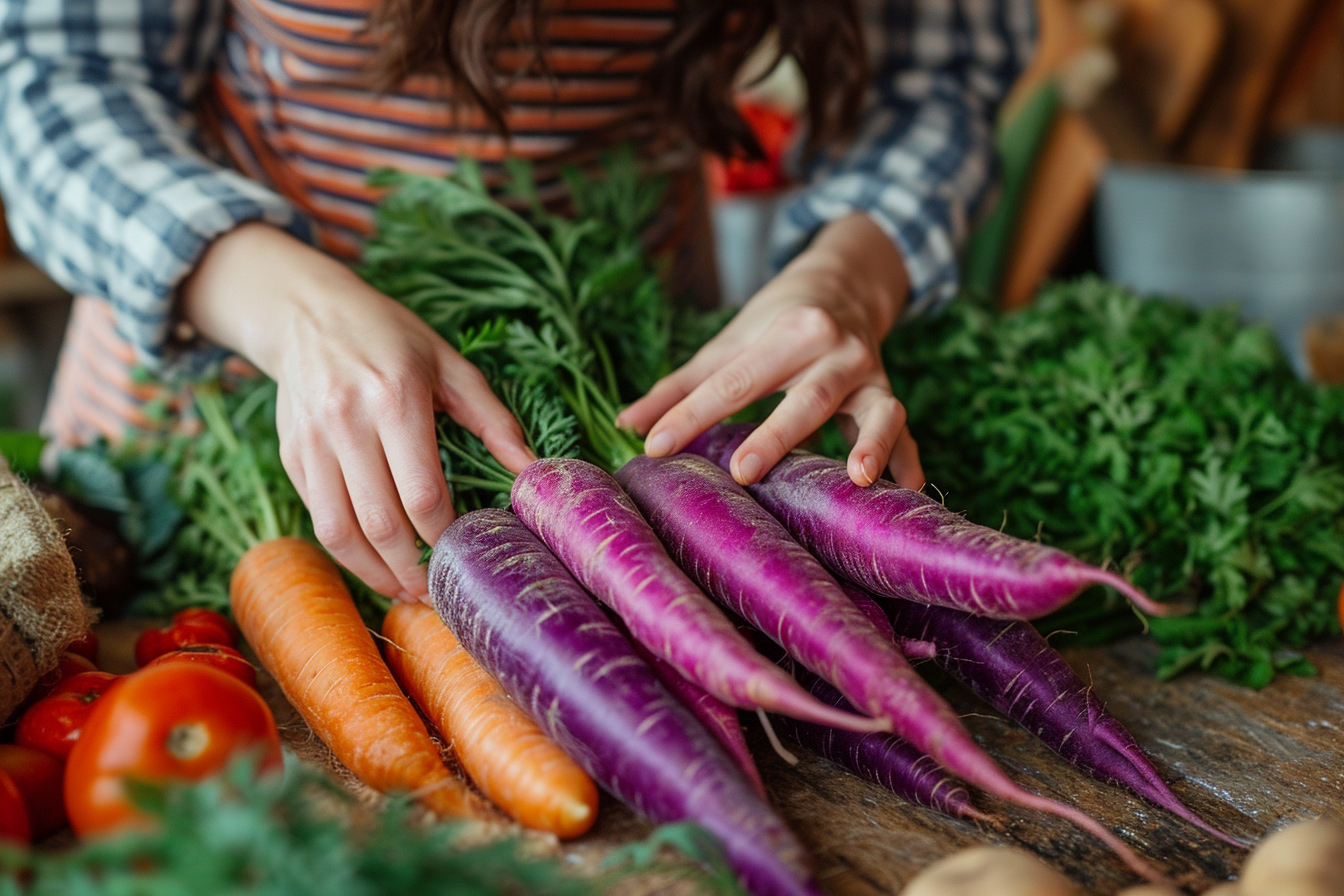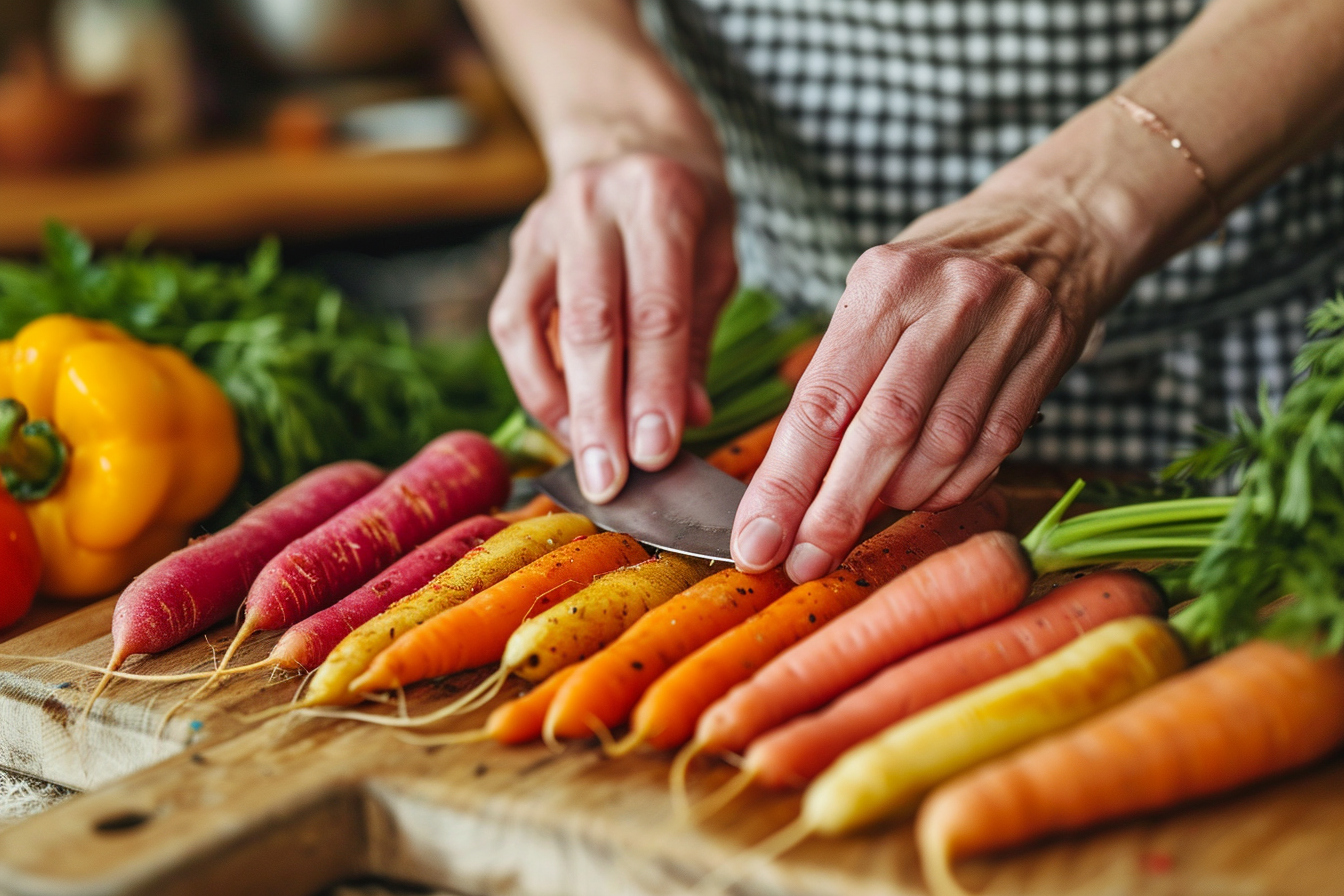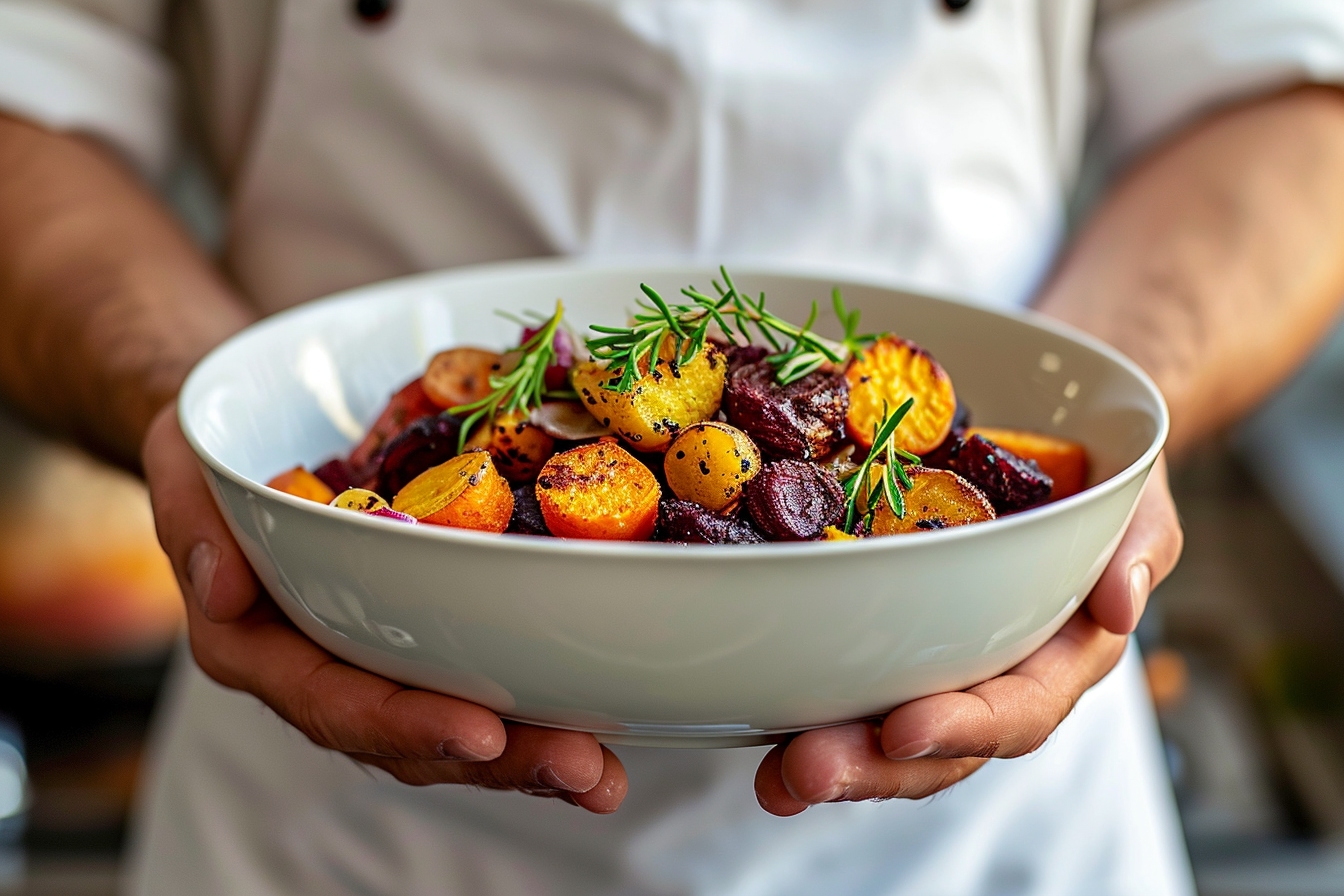
In the vast world of plant-based cuisine, the typical spotlight often shines on popular vegetables like broccoli, spinach, or carrots. Yet, beneath the canopy of commonly used produce lies a treasure trove of vitality—the forgotten vegetables. Rooted deeply in history, these lesser-known gems possess not only exceptional nutritional value but also extraordinary flavors which can elevate vegan cooking to new heights. This exploration seeks to uncover these hidden vegetal pearls and divulge the techniques that can integrate them masterfully into the vegan repertoire.
Rediscovering the forgotten
What are forgotten vegetables?
Forgotten vegetables, sometimes referred to as ‘heritage’ or ‘heirloom’ vegetables, are those that were once commonly used but have since fallen out of favor for various reasons—be it due to changes in agricultural practices, shifts in consumer tastes, or commercial logistics. These include a diverse array of tubers, greens, roots, and squashes that are not found in a typical grocery store but may be abundant in local markets, small farms, and heirloom seed suppliers.
The nutritional and ecological importance
Nutritionally, these vegetables are akin to hidden troves of health, boasting high amounts of vitamins, minerals, and antioxidants. The unique phytonutrients they contain can contribute to a more varied and balanced diet, something that is essential for vegans in obtaining all necessary nutrients.
Ecologically, incorporating forgotten vegetables into the cooking cycle can support biodiversity and soil health. It encourages the cultivation of a broader range of species, which can have a positive impact on the ecosystem by promoting more resilient agricultural practices.
Techniques for preparing forgotten vegetables
Selecting and storing
To begin this culinary adventure, one must learn to select and store these vegetables properly. Below are some considerations for ensuring the freshness and longevity of these produce:
- Root Vegetables: Look for firmness, and store them in a cool, dark place. Excessive moisture should be avoided as it can lead to spoilage.
- Leafy Greens: The leaves should be vibrant and free from wilting. Refrigerate them in airtight containers or bags while also allowing a little airflow.
- Winter Squashes: The skin should be hard and without blemishes. Store them in a cool, dry place away from direct sunlight.
Cleaning and pre-treatments
The distinct characteristics of forgotten vegetables mean they may require unique cleaning methods or pre-treatment procedures. This could involve:
- Brushing Dirt: Many underground varieties have traces of soil that need to be brushed away delicately.
- Peeling: Thick-skinned items may need peeling, but always consider leaving the skin on when possible to retain nutrients.
- Soaking: Some vegetables, especially legumes or those with oxalic acid, benefit from soaking to remove antinutrients.
Cooking methods
The culinary techniques employed can profoundly influence the taste and texture of forgotten vegetables. As such, experimentation is key, and here are several cooking methods that can extract their full potential:
- Roasting: This method caramelizes the natural sugars within vegetables and brings forward a deep, rich flavor profile. High-heat roasting can transform even the most unassuming vegetable into a delectable treat.
- Steaming: A gentle way of cooking that preserves both the texture and the nutritional content, making it ideal for tender greens and stalks.
- Sautéing: Quick and versatile, sautéing with the right blend of spices and herbs infuses the vegetables with robust flavors while maintaining their inherent character.
- Pickling and Fermenting: Forgotten vegetables like radishes, turnips, and beets flourish in flavor when pickled or fermented, offering probiotic benefits as well.
Forgotten vegetables to rediscover
Salsify and scorzonera
These root relatives of the dandelion family boast a subtle artichoke-like flavor ideal for creamy soups or stews. Scrub them well and consider roasting them whole to lock in their flavor.
Jerusalem artichokes (sunchoke)
With a taste reminiscent of earthy nuts and sweet potatoes, Jerusalem artichokes thrive when roasted, pureed, or even eaten raw in salads for a crunchy element.
Burdock root
A powerhouse in Asian cuisine known for its earthy, sweet flavor and crisp texture. It can be julienned and added to stir-fries or simmered in soups.
kohlrabi
This bulbous member of the cabbage family is versatile and has a refreshing, broccoli-stem flavor. It’s delectable whether eaten raw, roasted, or incorporated into vegan slaws and salads.
romanesco
This fractal-like variant of cauliflower offers a slightly nutty taste. It’s best showcased when roasted to intensify its natural flavors or added to pasta dishes for a striking visual appeal.
Ramp (wild leek)
A fleeting spring vegetable that imparts a strong garlic-onion flavor. Ramps can elevate pestos, vegan risottos, and can even be grilled or pickled for a unique side dish.
Harnessing the flavors
Seasoning and spicing
The unique profiles of these vegetables can be complemented and highlighted through thoughtful seasoning:
- Hearty Roots: Pair them with warming spices like nutmeg, cumin, or ginger.
- Bitter Greens: Counteract bitterness with acidic components like lemon juice or balsamic vinegar.
- Sweet Squashes: Enhance their sweetness with a dash of cinnamon or a sprinkle of brown sugar substitute.
Creating satisfying vegan dishes
Texture Harmony: By mixing textures, from creamy purees to crispy roasted chunks, one can construct a dish that satisfies all aspects of the palate.
Umami Layering: The depth of umami in a vegan dish can be augmented using ingredients like nutritional yeast, fermented bean pastes, and mushrooms, which complement forgotten vegetables beautifully.
Color Contrasts: Visually appealing dishes enhance the dining experience. Pair brightly colored veggies with neutral backgrounds to make them pop on the plate.
Incorporating nutrition into every meal

Understanding the nutritional profile of these vegetables can guide their integration into daily meals. For instance, one can aim for high-fiber root vegetables in hearty dinners to prolong satiety, or iron-rich greens in lunches for an energy boost.
Sample vegan recipes featuring forgotten vegetables
Rosy salsify and bean ragout:
A dish where salsify’s unique flavor melds with hearty legumes in a rich tomato base, exuding comfort and nourishment in each spoonful.
Scorzonera frittata:
A vegan spin on the classic frittata, with softened scorzonera taking center stage, bound together by a savory chickpea flour batter.
Spicy kohlrabi sliders:
Grated kohlrabi patties, seasoned with zesty spices and perfectly pan-fried, serve as an innovative approach to vegan sliders.
Crafting a meal plan
Strategic meal planning with forgotten vegetables can open avenues for creativity while ensuring a balanced intake of nutrients. Multiple dishes can be prepped using similar base ingredients but varied through the use of different herbs, spices, and complementary vegetables.
Food preservation techniques
In days when harvests are bountiful, preserving these vegetables can extend their presence in the vegan kitchen:
Freezing: Blanching and freezing portions for later use is a convenient method, especially for greens.
Drying: Certain vegetables can be dried and powdered to be used in stocks, sauces, or as natural vegetable bouillon.
Education and advocacy
Community Involvement: Joining community-supported agriculture (CSA) programs or local food co-ops can be instrumental in obtaining a regular supply of forgotten vegetables, as well as in fostering community engagement around food sustainability.
Sharing Knowledge: Hosting workshops or cooking demos that focus on these vegetables can spread the knowledge of their preparation and benefits, encouraging broader usage within vegan cuisine.
Embracing the entire vegetable spectrum
Diversifying one’s vegetable intake not only contributes to personal health and enjoyable eating experiences but also supports the wider goal of sustainable food systems. Forgotten vegetables are waiting to be rediscovered, to take their rightful place in the pantheon of vegan cooking.
The future of vegan cooking: unearthing new possibilities
The blend of historical ingredients and contemporary culinary innovation presents a promising trajectory for the future of vegan cuisine. As new vegetables make their way from obscurity to prominence, the potential synthesis of flavors, textures, and nutrients is boundless. The true artistry in vegan cooking lies in the hands of those who dare to explore and innovate, blending the old with the new, the familiar with the forgotten.
Through mindful selection, preparation, and recipe development, the mastery of vegan cooking with forgotten vegetables continues to unfold—a relentless pursuit that enriches both the palate and the planet. Let this serve as

Leave a Reply